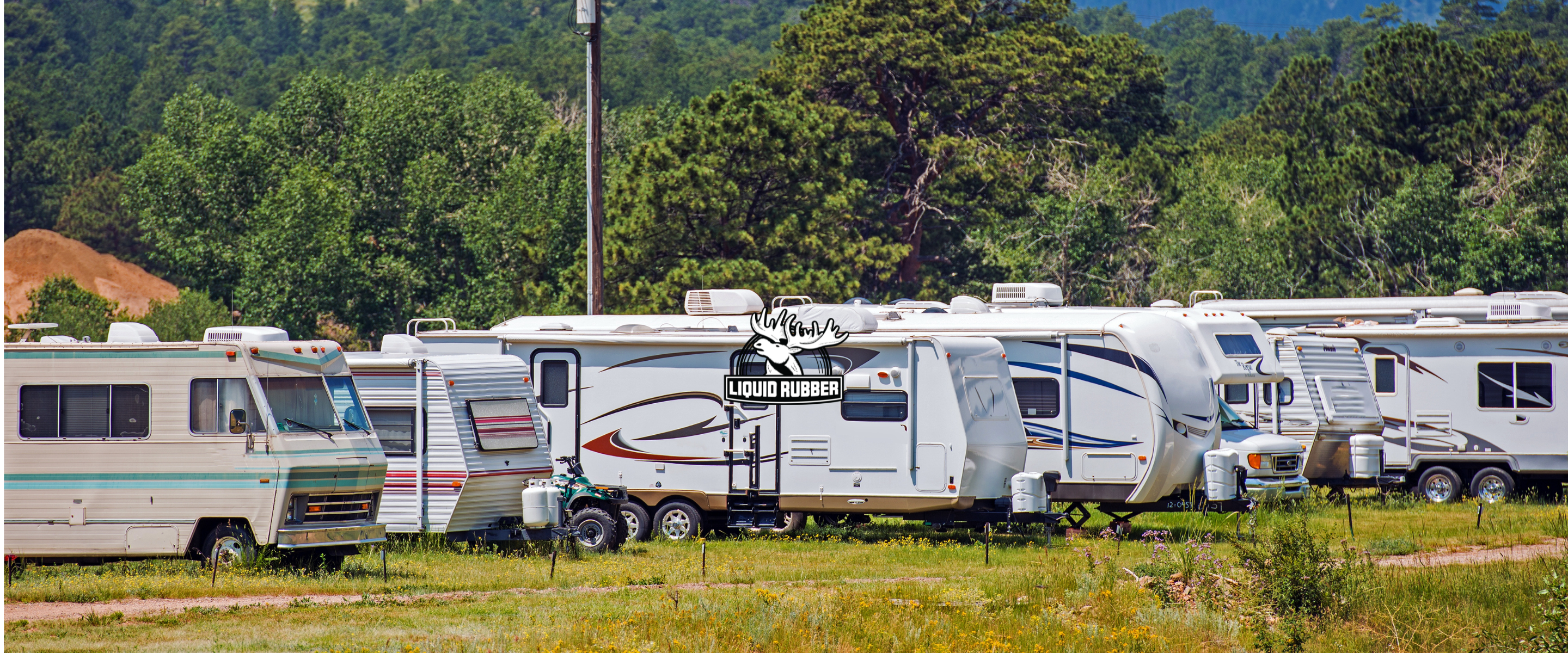Flooding events and faulty pipes are the most common reasons homeowners experience basement flooding. However, water seeping through tiny cracks in basement walls may cause more damage than flooding.
If groundwater accumulates in the soil, the water table could rise enough to produce hydrostatic pressure. This happens when saturated soil surrounding a basement puts thousands of pounds of pressure against your home's foundation. In addition, a constantly damp basement is the perfect environment in which mold, mildew and insect infestations develop and thrive.
Fortunately, homeowners can avoid the emotional and financial stress of basement flooding by avoiding these five mistakes:
Poor Wall or Floor Sealing
Over time, small cracks emerge in concrete basement walls for two reasons: hydrostatic pressure and the foundations settling. Settling occurs due to home builders digging down to soil that's never been disturbed. The weight of a new home forces underground soil to move downward and shift slightly. Add the stress of seasonal weather elements to soil settling, and it's inevitable that any basement wall and/or floor develops hairline cracks.
The best and most foolproof method for stopping water seepage through cracks is by sealing basement floors and walls with Liquid Rubber Foundation Sealant/Basement Coating. Safe for both indoor and outdoor use, Liquid Rubber Foundation Sealant contains no harmful chemicals like VOCs or solvents and is easily applied using paintbrushes, paint rollers or a piston paint sprayer.
Benefits of Liquid Rubber Foundation basement sealant include:
- Not worrying whether a family member's respiratory or skin problems are because of toxic mold or mildew growth in a damp basement
- Stops possible severe basement flooding. Unsealed cracks will continue to enlarge unless sealed, leading to weakening of your home's foundation and the potential for expensive, catastrophic damage
- Promotes a comfortable, fresher-smelling environment in your basement as well as throughout your home. Humid, moist basement air will increase humidity levels in rooms directly above basements
- Increases the resale value of your home. Who wants to buy a home with a leaky, flood-prone basement that hasn't been protected with the best basement waterproofing paint available?
Rain Gutters Allow Water to Pool Around Your Home
The primary function of gutters is to ensure water flows off the roof as quickly as possible to prevent roof damage. However, if the opening of your gutters simply stop at the base of your home, that could be a disaster waiting to happen. Cheap and easy to attach to existing gutters, extensions take water further away from your home so that water doesn't collect around your home's foundation where it could seep into your basement.
Deterioration of Weeping Tile
Weeping tiles are pipes installed under building foundations that redirect excess water away from the foundation. These "tiles" use slits called weep holes that can be found on one side of the pipe. After digging a trench around your home, builders place weeping tiles in trenches with the hole facing up. Homes with basements will have weeping tiles buried under their basement as well.
When enough water accumulates under a basement, it is discharged into weeping tiles where holes direct the water towards a sump pump. If your home's foundation drainage system is failing due to damaged weeping tiles, your basement may flood if you don't have a sump pump or if the sump pump cannot keep up with the amount of water spilling out of cracked pipes.
Improperly Sealed Window Wells
If your basement window well is not draining, you may need to install a drain, prevent water from gaining entry by installing a window well cover or replace old gravel with clean gravel. Alternately, if you don't need or want a window well, you can either seal the window or remove the window altogether. Window well covers also eliminate the need to clean leaves and other yard clutter out of wells that often cause drainage problems.
No Slope Around Your Home
One more factor leading to frequent basement flooding is the lack of a slope around your home. Adding a slope to your lawn is called "grading" and involves the precise addition of soil where it is needed. Since grading may include relocation of pipes, vents or drains, it's best to hire a contractor specializing in lawn grading.
Additional Tips to Prevent Basement Flooding
- Plant native shrubs and bushes around your home that need more watering than other plants. Shrubbery and related flora will also reduce soil erosion and promote more efficient draining of stormwater
- Use rain barrels to prevent the ground around your home from getting soaked and to save on water if you plant flower or vegetable gardens
- Make sure grass grows plentifully around the foundation of your home. Grass roots rapidly absorb excess water out of surrounding soil. Avoid cutting grass too short when mowing close to your home to prevent weakening of grass roots.
- Add drains near paved driveways to prevent water runoff. Pavers and channel drains work best to catch rainwater before it flows into the ground near your home's foundation
- Cultivate a rain garden to collect water from roofs and driveways. Rain gardens consist of perennial flowers and assorted grasses planted in depressed sections near places that provide rain runoff.
Causes of basement flooding can always be found and fixed. Avoiding these mistakes, creating a flood-prevention landscape around your home and relying on top-quality basement sealant can give you the type of worry-free basement you've always wanted!





